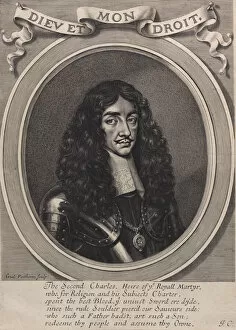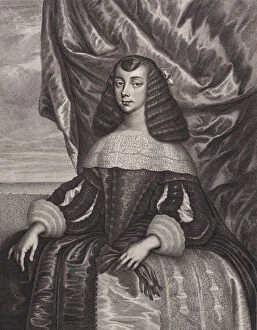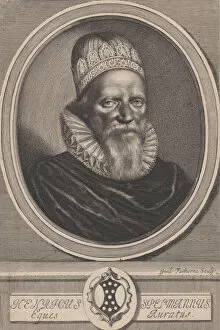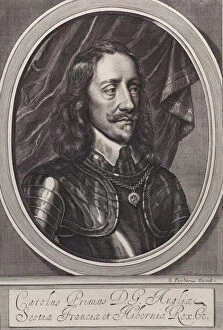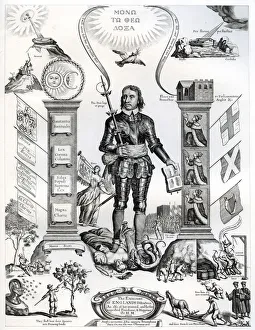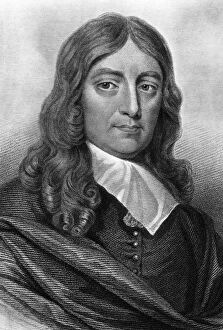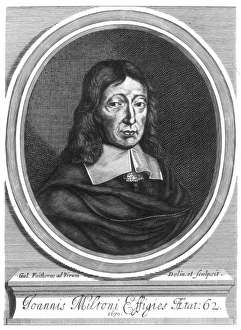Faithorne Collection
"Faithorne: Masterful Portraits of the 17th Century" Step back in time to the captivating era of King Charles II
All Professionally Made to Order for Quick Shipping
"Faithorne: Masterful Portraits of the 17th Century" Step back in time to the captivating era of King Charles II, as we delve into the remarkable works of William Faithorne, a renowned artist who immortalized prominent figures during his lifetime. From 1660-70, Faithorne's skilled hand brought forth stunning portraits that captured the essence and grandeur of this period. One such masterpiece is "Sir Robert Henley, Bart, " a striking depiction showcasing Faithorne's attention to detail and ability to convey personality through art. The regal aura surrounding Mary, Princess of Orange in another portrait demonstrates his talent for capturing royal grace and elegance. Intriguingly, it was Catherine of Braganza herself who sat before Faithorne's easel in 1662. Through his brushstrokes, he portrayed her beauty and strength as she became an integral part of English history. Not limited to royalty alone, it also painted influential individuals like Sir Henry Spelman with utmost precision and finesse. His portrayal of King Charles I exudes both power and vulnerability—a testament to his ability to capture complex emotions on canvas. Beyond portraiture, Faithorne collaborated with George Vertue in creating a compelling likeness of John Milton—an iconic figure whose words continue to inspire generations today. Additionally, he immortalized Thomas Hobbes through an evocative painting that reflects the philosopher's intellect and contemplative nature. The legacy left by William Faithorne extends beyond his own lifetime; even after centuries have passed since their creation, these masterpieces still captivate audiences worldwide. Whether it be Thomas Fairfax or Cowley himself—each subject receives equal care from this talented artist. As we admire these glimpses into history through the lens of William Faithorne's artistry—his meticulous brushwork combined with Alexander Bannerman’s skillful touch—we are reminded once again why these portraits endure as timeless treasures.

